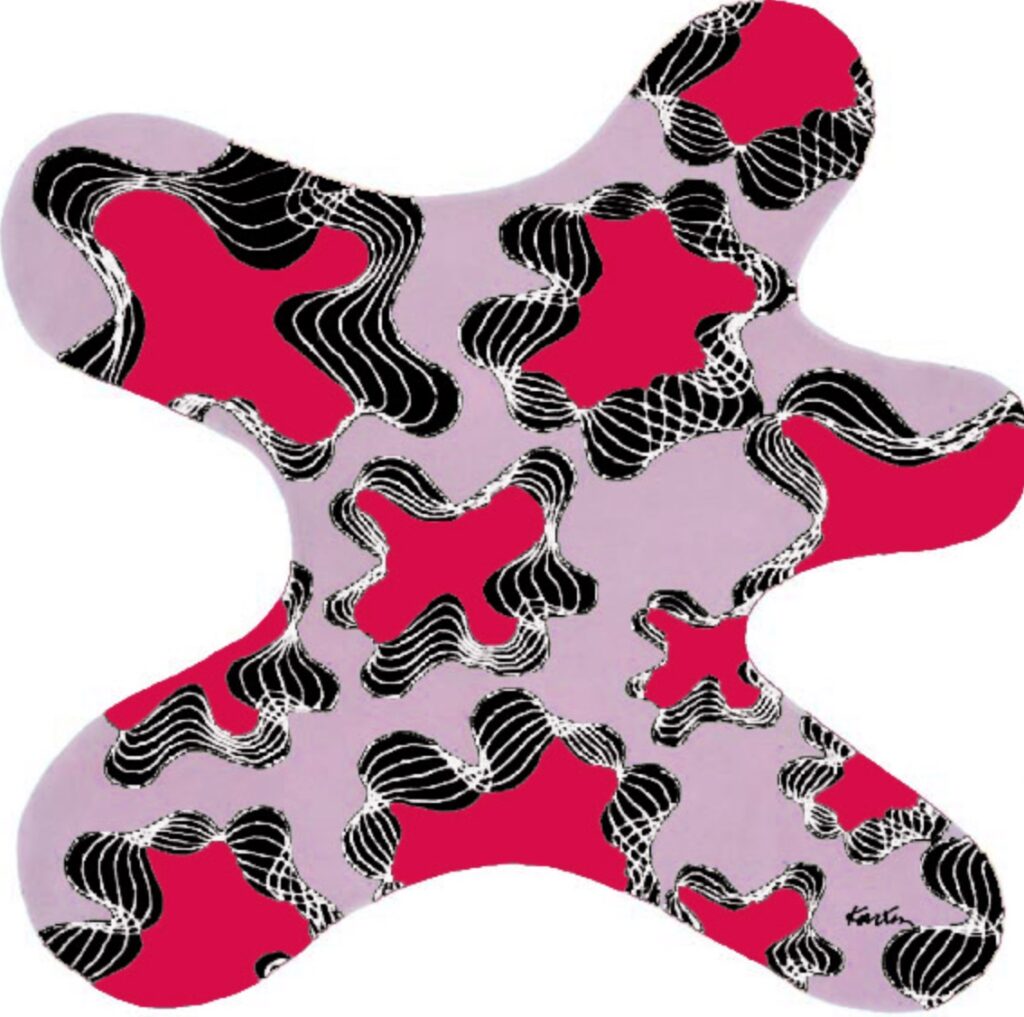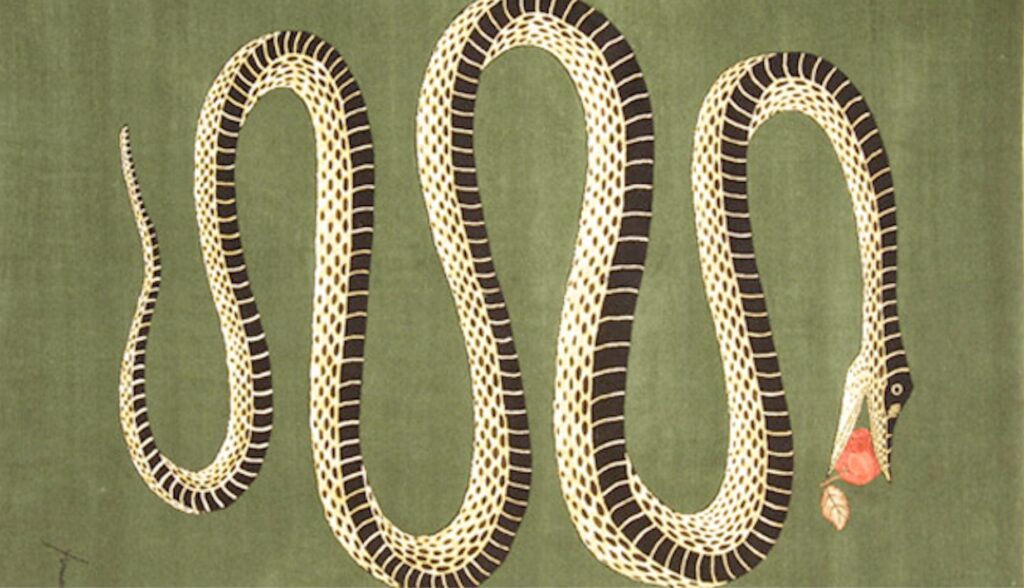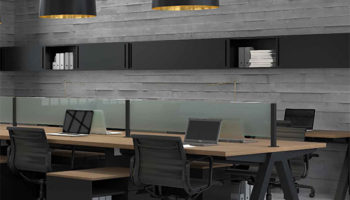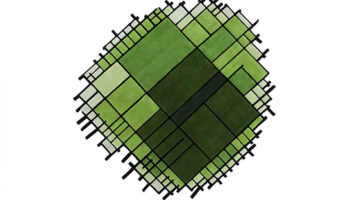
Roubini Rugs: True Affection for your Feet
How’s your vernacular when it comes to area rugs? If You’re an aficionado, you’re likely familiar with soft technical terms like “nap” and “warp” and “weave” and “weft.” You’ve also surely come across the most familiar place of origin designees, like “Oriental,” “Persian,” and—for those craving a bit more specificity and less redundancy—”Turkish.” But how often do you consult a glossary of patterns?

Tropical Paradise. Designed by Farhad for Roubini Rugs.
Perhaps it’s owed to my relative ignorance, but identifiers like “Afghan,” “Arabesque,” and “Art Deco”—just scratching the surface—conjure up generalities at best, broad sketches of a scant few identifying features. If you’re bewildered, and not sufficiently enchanted, by the multi-hued, Baroque patterns typical of most high-end area rugs, look to New York’s Roubini Rugs. The three-generation, family-run purveyor of hand-knotted rugs in wool and silk offers an eye-popping assortment, sure to catch the fancy of adventurous types and art aficionados.
The premise of Roubini Rugs is that great art (and great design) belongs not only on the walls but also on the floor. Thus, their inventory is comprised of collections of seven different artists and designers—Cavalli, Drake, Farhad, Fornasetti, Missoni, Rashid, and Roubini—none of whom seem daunted by the proposition of placing their work underfoot. As you might imagine, each collection has a distinctive bent: Cavalli‘s are a dazzling agglomeration of pixalated flowers, plants, and animals, integrating bold colors and odd juxtapositions to recall both the Cubism of Braque and the Pointillism of Seurat. Farhad‘s feature a hyper-realized nature; this collection of over-sized roses, peonies, and fleurs-de-lis (including three round rugs whose outer contours match those of the flower) evokes the vibrancy of the late Van Gogh. And Rashid‘s are a symphony of abstract asynchrony, many featuring the curious over-lappings and integrations of brightly-colored amoeba-esque shapes; “Running Red” and “Running Blue” take this theme to the extreme, suggesting life at both the somewhat-formless cellular level, and the fully-realized incarnation of a running hominid.

Karim Rashid’s Running Red.
Roubini’s most recent addition concerns the work of Milanese painter, sculptor, interior decorator, and engraver, Piero Fornasetti. A modern Renaissance man with a rare combination of whimsy and mysticality, Fornasetti’s work runs the gamut, with notable influence from artists as diverse as Bosch, DaVinci, and Salvador Dalí. Faced with such an expansive oeuvre, Roubini created three themes for the Fornasetti collection: “Theme and Variation” captures his signature images of women’s faces, including the gigantic rubescent lips of “Bacio”; “Nature and Things” is invested in the organic, “Amiamo il Serpente” evoking both the Garden of Eden and the unhappily segmented snake of “Don’t Tread On Me” revolutionary lore; and “Architectural Motifs” engages the interactions between people and manufactured spaces, the Medievally-invested “Citta di Carte” an engaging, if strange, pronouncement on architectural gamesmanship.

Amiamo il Serpente. Designed by Piero Fornasetti for Roubini Rugs.
As one might expect, Roubini’s rugs are not cheap. Smallish versions from the Fornasetti collection start at $2,900, and with an expansive variety of shapes and sizes—as well as customizable dimensions—prices only rise from there (as high as $24,000). Even so, if you’re already prepared to drop several grand on an area rug, why not go the road less traveled? After all, how often can you gaze earthward and be met with the visage of an authentic work of art?




Leave a Reply